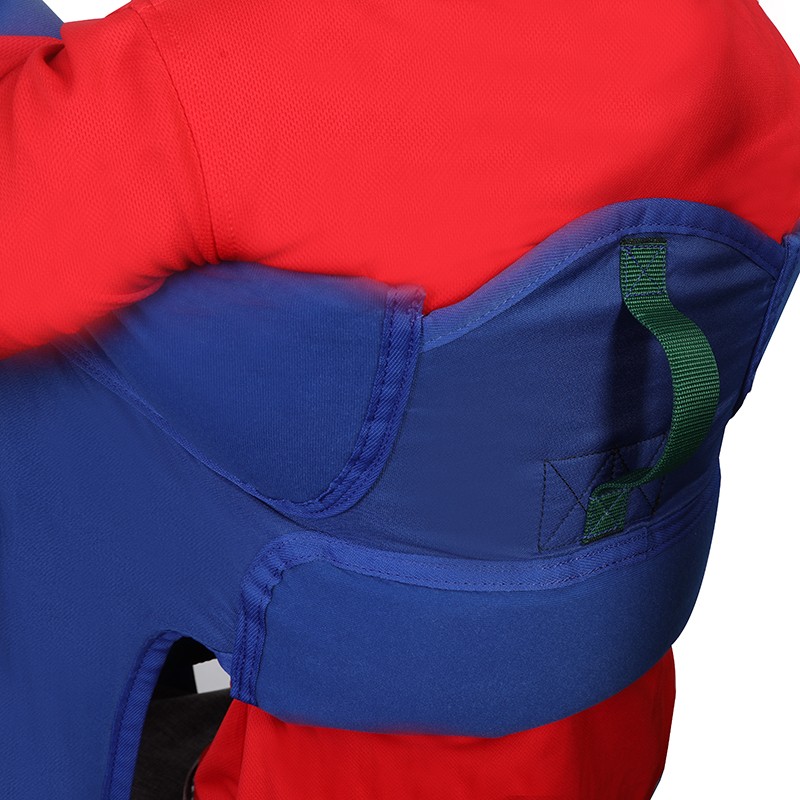If you face all those problem, just call us and we will give you a simple way to do it.
Contact Us For Free Sample !
When are lifting devices for the elderly appropriate?

While there are many different types of patient transfer equipment on the market, a mechanical
lift is usually recommended for those with extremely limited mobility, poor balance, minimal
strength, and/or weight-bearing restrictions. The more compromised a senior can't independently
stand up and ambulate safely, the more likely it is that they would benefit from a patient lift equipment
As people get older, knee joints are the most common diseased parts, followed by the heels, cervical
spine, lumbar spine, and other parts of the disease. As the disease becomes worse, it leads to pain in
the muscles of the leg on walking. People with severe illness may have difficulty in mobility and cannot
take care of themselves, then transfers may be best completed using a patient lift. This is often needed
transfer equipment for patients with moderate to severe Alzheimer's disease, Parkinson's disease, and
other neurological conditions that affect cognition and/or motor function like stroke.
Patient lifts hold immense benefits for caregivers as well, countless people caring for their loved ones
at home singlehandedly attempt transfers in scenarios where additional hands-on help and durable
medical equipment are needed. Overexertion injuries are fairly common among family caregivers. For
the patient, improper repositioning and transfer techniques can result in serious fall-related injuries, such
as head trauma and fractures, and even death.
Copyright © 2025 Gongguan Chuangguo Daily Products Co.,Ltd. | All Rights Reserved
Hello, please leave your name and email here before chat online so that we won't miss your message and contact you smoothly.